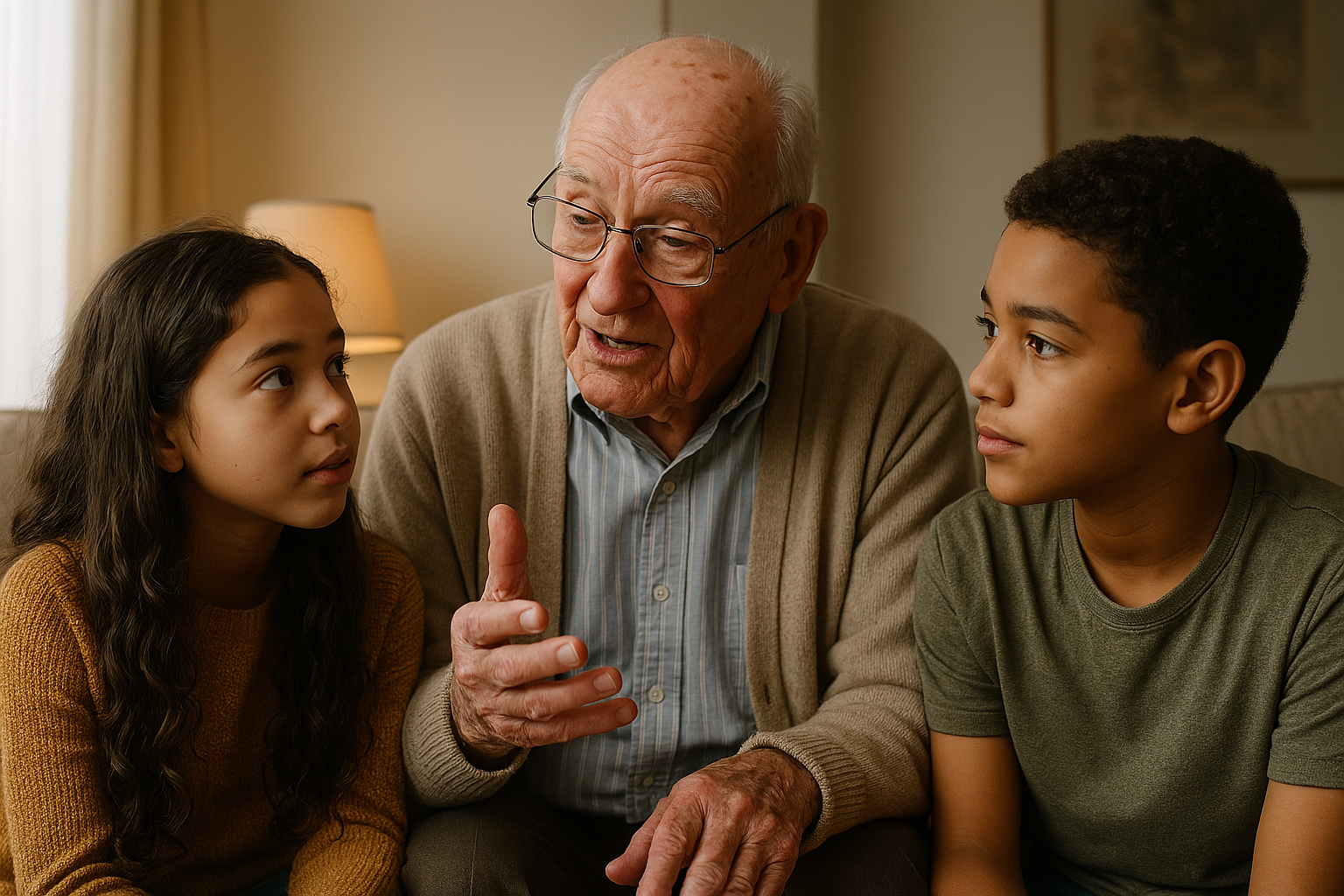
The Power of Memory: How Preserving Your Past Shapes Your Future
By | April 7, 2025
5 min read
Our memories are malleable because they aren’t complete recordings and our brains change our memories slightly each time we recall them. Further, scientists have figured out ways to potentially override or rewire certain memories in mice which can be useful for therapeutic strategies or approaches with humans. In order to enhance or dampen memories, scientists would need to be able to activate or differentiate between emotional memories. Fascinatingly, in a 2022 study it was found that emotional memories, whether positive or negative, are physically unique in the brain and differ from other types of brain cells as well as from each other. So, positive and negative memories are stored in separate parts of the hippocampus and appear distinct from one another. That is to say, positive and negative memories are both physically recognizable in our brains and emotionally or mentally in our everyday experiences.
Emotional memories can shape our identities just as much as our ancestry can. Our memories can also inform our decision making and in how we choose to preserve our personal and family legacies or not. Timelapse encourages its users and beyond to reflect on and preserve their memories in order to build a better future for themselves and for all.
Memory is a cornerstone of self-awareness and personal identity. This is because memories help us understand who we are by anchoring us to our experiences and values. Each life on Earth is its own unique story, just like each fingerprint is unique. Each story is different and made up of memories that are the building blocks of the narrative.
Memory can be a tool for personal growth because we are able to learn from the past. That is, we can reflect on mistakes and successes which may help improve future decision-making. We can build emotional resilience by revisiting memories during difficult times. Doing so may bring comfort, healing, closure, or renewed joy.
Memories impact our decision-making through patterns and lessons. Recognizing recurring themes in our past experiences can aid us to make appropriately informed choices. Of course at times, we only have the illusion of foresight and must wait for the true power of hindsight. With hindsight, we can understand how past decisions can clarify our values and priorities. This means avoiding repetition of similar mistakes and engaging in smarter actions in the present.
Finally, we also have our familial and cultural legacies that influence our memories. Through intergenerational wisdom of sharing stories, we can foster connection and continuity. The collective memory, not only the individual memory, can help us to preserve traditions and values which build cultural identities. Timelapse is a practical tool for documenting and sharing those family legacies.
Within Timelapse, users can preserve and reflect on memories by:
- Journaling: it’s critical to have a written (or typed) record of personal thoughts and experiences and Timelapse helps with journal prompts!
- Storytelling: family and friends can easily share life stories.
- Organizing memories: sorting photos, videos, and other digital mementos in a timeline.
It’s important that we all have techniques and practices for staying present in our everyday lives so we create meaningful, memorable experiences even when we least expect it. Preserving such moments truly shapes our future and sometimes the future of others as well, especially if we document our life journey, it can be a roadmap for future generations. The confidence and personal empowerment that can come from knowing and owning your story is invaluable. We have the option to generate a legacy of growth through small decisions and small moments which lead to significant outcomes.
Finally, memory is not just about the past–it’s a tool for growth, connection, and shaping a better future. I urge you to take one step today to preserve your memories, whether through journaling, storytelling, or using tools like Timelapse. If we cherish the past, we can create a legacy of wisdom, love, and strength for ourselves and others.
Disclaimer: The cover image for this blog post was generated using artificial intelligence tools.
